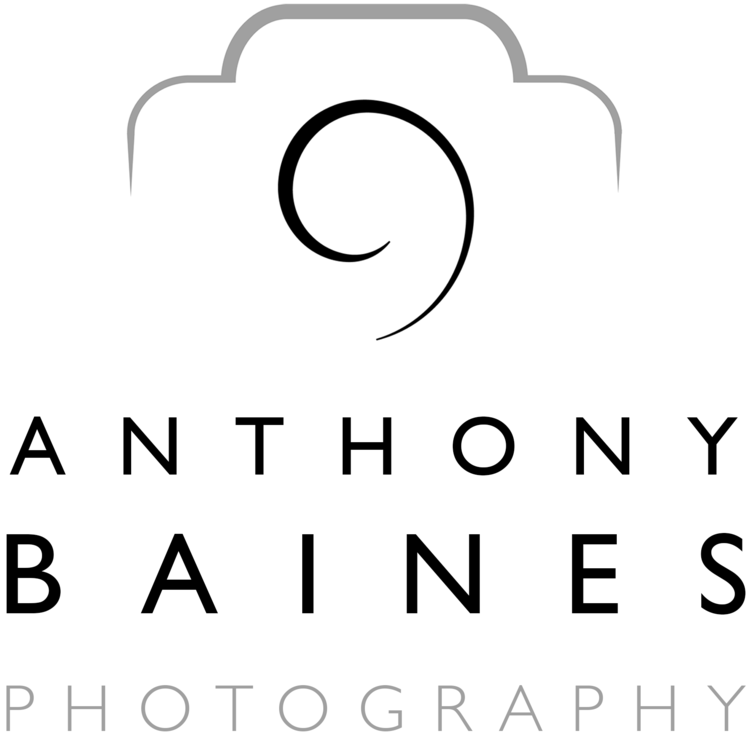Last week I got back from a few days away at Fairford for the RIAT airshow. This was the first time it has been held since 2019. Pre-Covid, my RIAT trip was an annual ritual, but the pandemic put paid to it in 2020 and 2021.
In personal terms, the return to Fairford was another psychological symbol of a return to normality. Perhaps not the pre-Covid normality, but at least a status quo (or metastable equilibrium? :) ) where the ever-evolving virus, while not defeated, is more or less liveable-with. Currently, there is a high prevalence of Omicron variants (including BA.4/5 and their sub-variants) with about 1 in 17 people in England carrying the virus. The RIAT organisers were expecting about 170,000 visitors, so that is a lot of viruses potentially on-site. (A week on, I've not gone down with Covid, so all good.)
I'm planning to post a few pieces here about RIAT. I think I'll probably concentrate on single pictures and a bit of BTS about them, rather than post sets. I've started an album on Flickr if you're interested in seeing more of my RIAT pictures.
I had one full day in the show: before the flying started, I spent an hour or so wandering around the aircraft parked on static display, each roped off from the public. Oh my goodness - there were so many people! I'm very out of practice being around crowds of people: even in the open air, it was hard not to feel the need to socially distance; completely impossible though. The most popular aircraft had dense crowds of people around them, and most of the crews were busy selling their merch: T-shirts, patches, flags and so on changing hands as fast as cash could be handed over.
Under those circumstances, it is impossible to get clean pictures of the aircraft, so I didn't try. I have a long-standing project photographing details, shapes and textures of parts of aircraft which was fun to pursue before the flying started. I stuck with a 70-200mm lens which let me isolate the details, while at the same time keeping me away from the densest crowds.
While the crews were busy selling to the visitors, there were very few people close to the aircraft. So, I simply concentrated on the details, shapes and forms without any human presence.
But after a while, I began to see compositions that just begged for a human to complete them. Took me long enough to realise this! Out of practice dealing with crowds, out of practice in my street photography method. Alas, few humans came through in any reasonable time. After a while, I had about three that might be OK, but then I found the picture above which is my favourite for the day.
Thinking purely in terms of the shapes, I set up to photograph a KC-135 (of the 100th ARW based at LN). I wanted to get the symmetry of the aircraft head-on. Bright white air-stairs were leading up to it: a serious distraction, but dealable-with. I could crop them out and still have an interesting set of shapes, or maybe change the colour to a grey that tones with the aircraft.
However, by chance, a member of the plane's crew came up the steps to enter the aircraft. I made a few quick clicks, and of those, the one above is my favourite.
Why do I like this, even leaving the top of the air-stairs in? Conventionally, that bright white shape right on the edge of the picture would pull the eye straight out and down, and completely distract the viewer from the plane. Nevertheless, in my view, that bright white shape serves an important function. The plane is a very strong set of shapes and dominates the picture. But with the person there completing the composition, the white shape serves to pull the eye to that crew member and adds contrast as well as context. Together with the person, it breaks up the pattern of the plane: patterns are interesting, but a pattern interrupted is much more so. In other words, it helps the viewer (well, me, anyhow) appreciate the overall composition. Yes, I could tone it down, but I prefer it as it is. YMMV, naturally.
